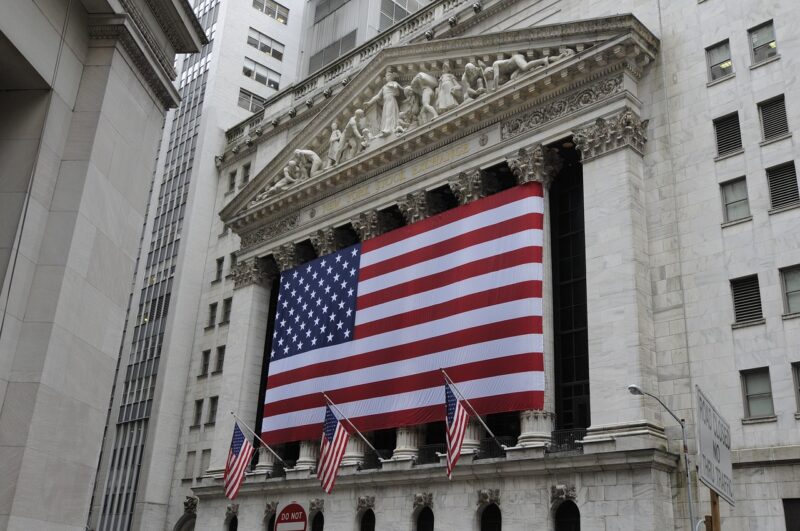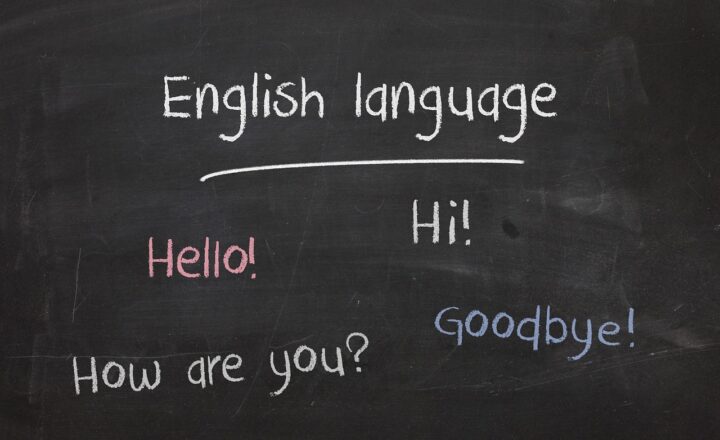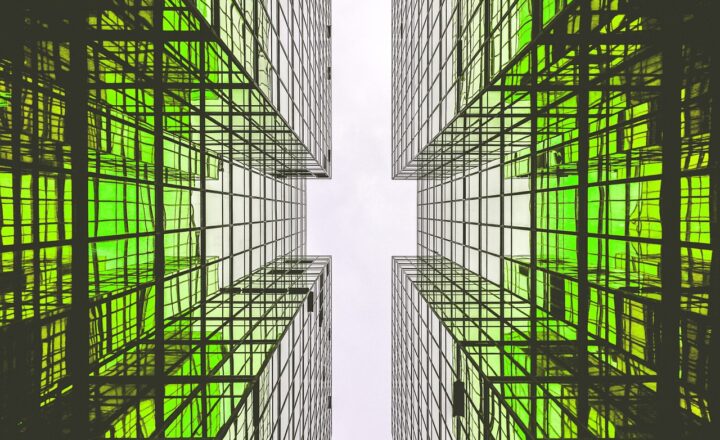Cultures Collide: The Fascinating Interplay of World Cultures Through History
November 18, 2024

History is a vast tapestry woven from the threads of different cultures, traditions, and beliefs. Each culture represents a unique worldview, shaped by its history, geography, and the collective experiences of its people. Yet, cultures do not exist in isolation. Instead, they interact, clash, and blend, creating a rich mosaic of human experience. In this article, we will explore the fascinating interplay of world cultures throughout history, focusing on notable moments of cultural collision and exchange that have shaped civilizations.
1. Understanding Cultural Collision and Exchange
Cultural collision refers to a scenario where two or more distinct cultures meet, leading to conflicts or significant exchanges. These encounters can occur through trade, migration, warfare, or colonization. Such interactions often result in both positive and negative outcomes—cultures can enrich each other, or one culture may dominate another entirely.
Cultural exchange, on the other hand, emphasizes the processes through which societies share knowledge, ideas, and traditions. This mutual influence can lead to innovation, integration, and new hybrid cultures that reflect the blending of different heritages.
The interplay of cultures has significantly altered the course of history, influencing art, language, religion, governmental systems, and social studies.
2. The Silk Road: A Highway of Cultural Exchange
The Silk Road, an extensive network of trade routes connecting the East and West, is perhaps the most famous example of cultural interchange in history. Spanning more than 4,000 miles, from China to Europe, it facilitated not just trade of silk, spices, and other goods but also the exchange of ideas, technologies, and cultural practices.
Along the Silk Road, merchants, travelers, and diplomats shared philosophies, religious beliefs, and even art forms. For example, Buddhism spread from India to Central Asia and then to China, profoundly impacting Chinese culture. In return, Chinese inventions such as paper and the compass eventually made their way back to the West, revolutionizing various aspects of life there.
Moreover, this vibrant interaction led to the rise of multicultural cities along the route, where diverse populations coexisted, fostering an environment of tolerance and learning.
3. The Age of Exploration: Encounters of Cultures
During the Age of Exploration in the 15th to 17th centuries, European explorers ventured into unknown territories, leading to encounters with various indigenous cultures. These interactions often had severe consequences for the local populations, but they also facilitated exchanges of goods, cultures, and ideas.
A prime example is Christopher Columbus’s arrival in the Americas in 1492, which marked the beginning of sustained contact between Europe and the New World. European settlers brought with them new technologies, animals, and crops, such as horses, wheat, and sugarcane. In contrast, indigenous peoples introduced Europeans to maize, potatoes, and tobacco—crops that would have a lasting impact on world agriculture.
However, this collision also resulted in catastrophic outcomes, including the spread of diseases that decimated native populations and the imposition of colonial rule over indigenous cultures. The resulting cultural exchange was a mixture of innovation and tragedy, laying the groundwork for the modern world.
4. The Influence of the Mediterranean Basin
The Mediterranean Sea has long been a crossroads of cultures, where civilizations like the Greeks, Romans, Persians, and later, the Ottomans converged. This rich history of interaction fostered significant cultural exchange, particularly in religion, philosophy, and art.
The spread of Hellenistic culture following the conquests of Alexander the Great is a prime example, leading to the blending of Greek and Eastern influences across the regions. The Romans adopted many elements of Greek culture—culinary practices, religious beliefs, and language, which shaped the development of Western civilization.
Moreover, during the medieval period, the Mediterranean served as a conduit of knowledge, particularly during the Renaissance. The translation of classical texts fueled advancements in science, literature, and art, showcasing how cultures can elevate one another through exchange.
5. The Modern Era: Globalization and Cultural Blending
In the contemporary world, globalization has intensified the cultural collisions first ignited by trade and exploration. The rapid movement of people, ideas, and goods across borders has led to a remarkable blending of cultures worldwide. While this has led to concerns over cultural homogenization—where dominant cultures overshadow local traditions—it has also fostered unprecedented levels of cultural diversity and fusion.
Examples of this modern blending are evident in music, food, fashion, and language. The fusion of genres like reggae and hip-hop or the popularity of sushi and tacos in multicultural cities highlight how different cultures can enhance one another.
The internet, as a tool for cultural exchange, has transformed how we connect, share, and understand diverse traditions, breaking down barriers and fostering a global community.
6. Challenges of Cultural Collision
Despite the enriching nature of cultural exchanges, collisions often carry challenges. Cultural appropriation—a concept where elements of one culture are adopted by another, often without understanding or respect—has sparked debates around ownership, authenticity, and exploitation. For instance, when elements of indigenous cultures are commodified for commercial gain, it raises issues of power dynamics and equity.
Moreover, some cultures face the threat of erasure, as dominant cultures overshadow local traditions and identities. Protecting cultural heritage and ensuring that all voices are heard remains an ongoing challenge in our increasingly interconnected world.
Conclusion
The interplay of world cultures through history is a dynamic and ongoing story filled with instances of collision, exchange, and transformation. From the routes of the Silk Road to the complexities of modern globalization, cultural interactions continue to shape our realities. Understanding and celebrating these interactions encourages us to embrace diversity and acknowledge the rich history that has led us to where we are today.
As we navigate an increasingly interconnected world, it is essential to promote dialogue and respect among cultures, ensuring that the lessons of history guide us towards a more harmonious future.







